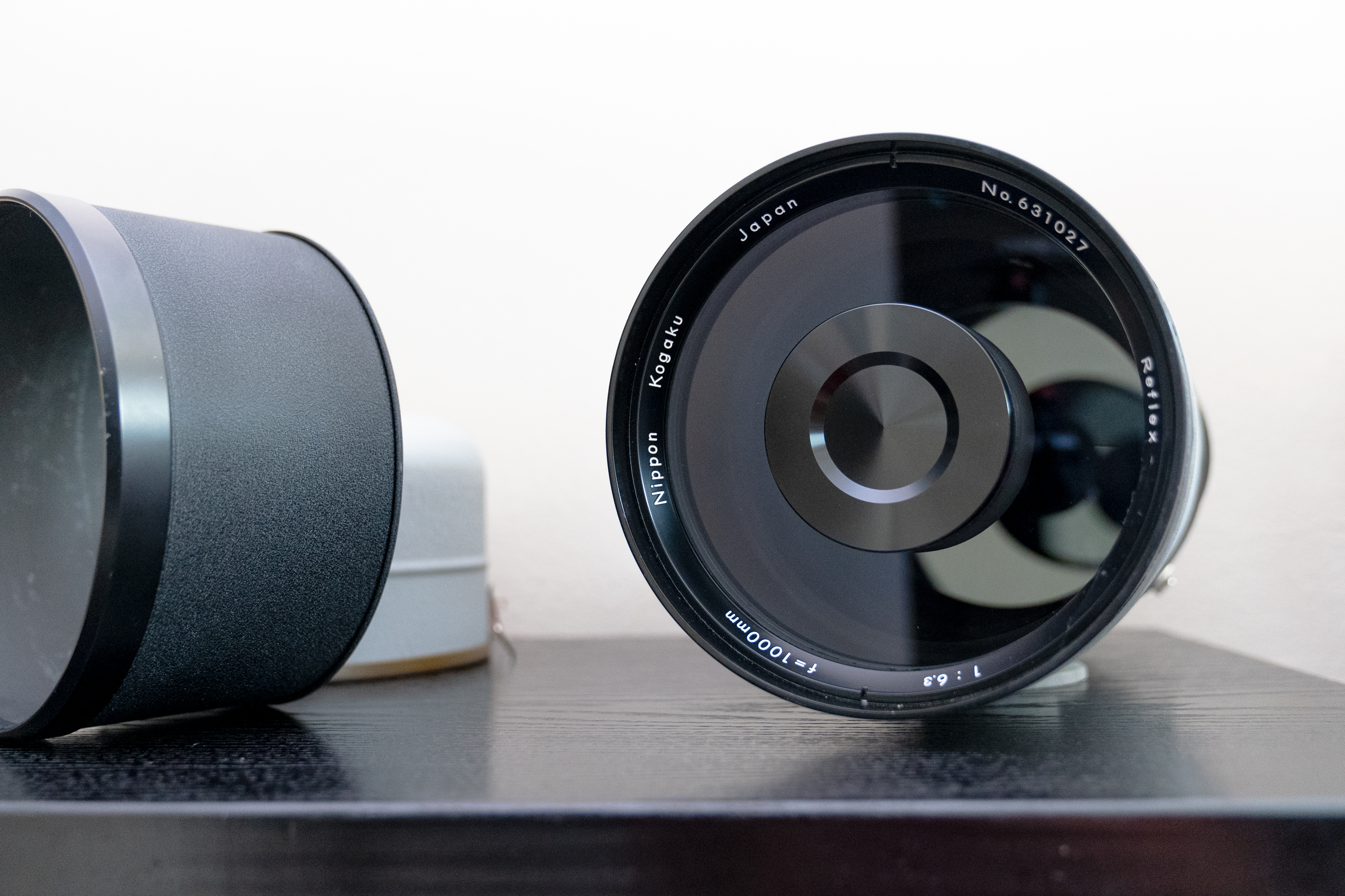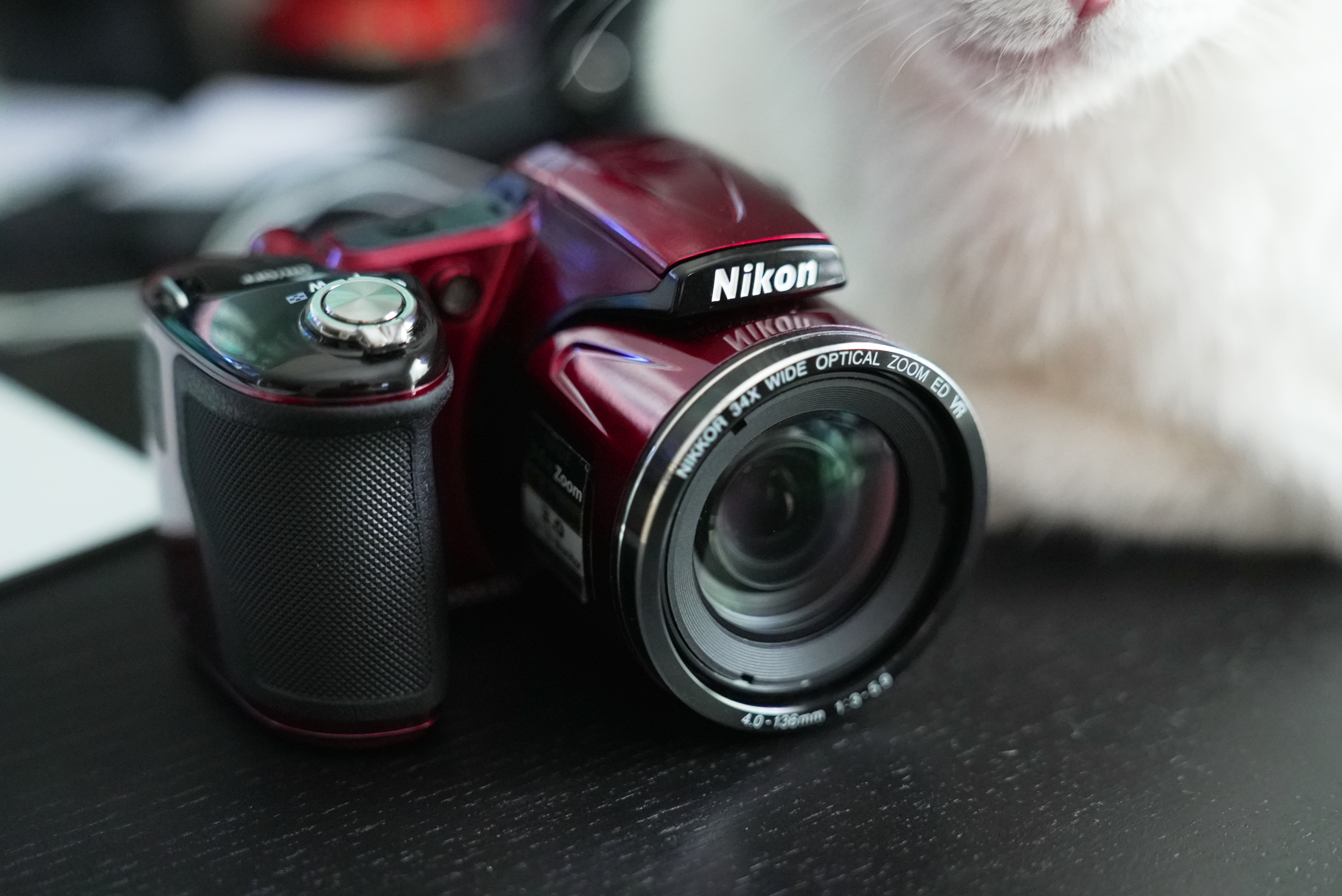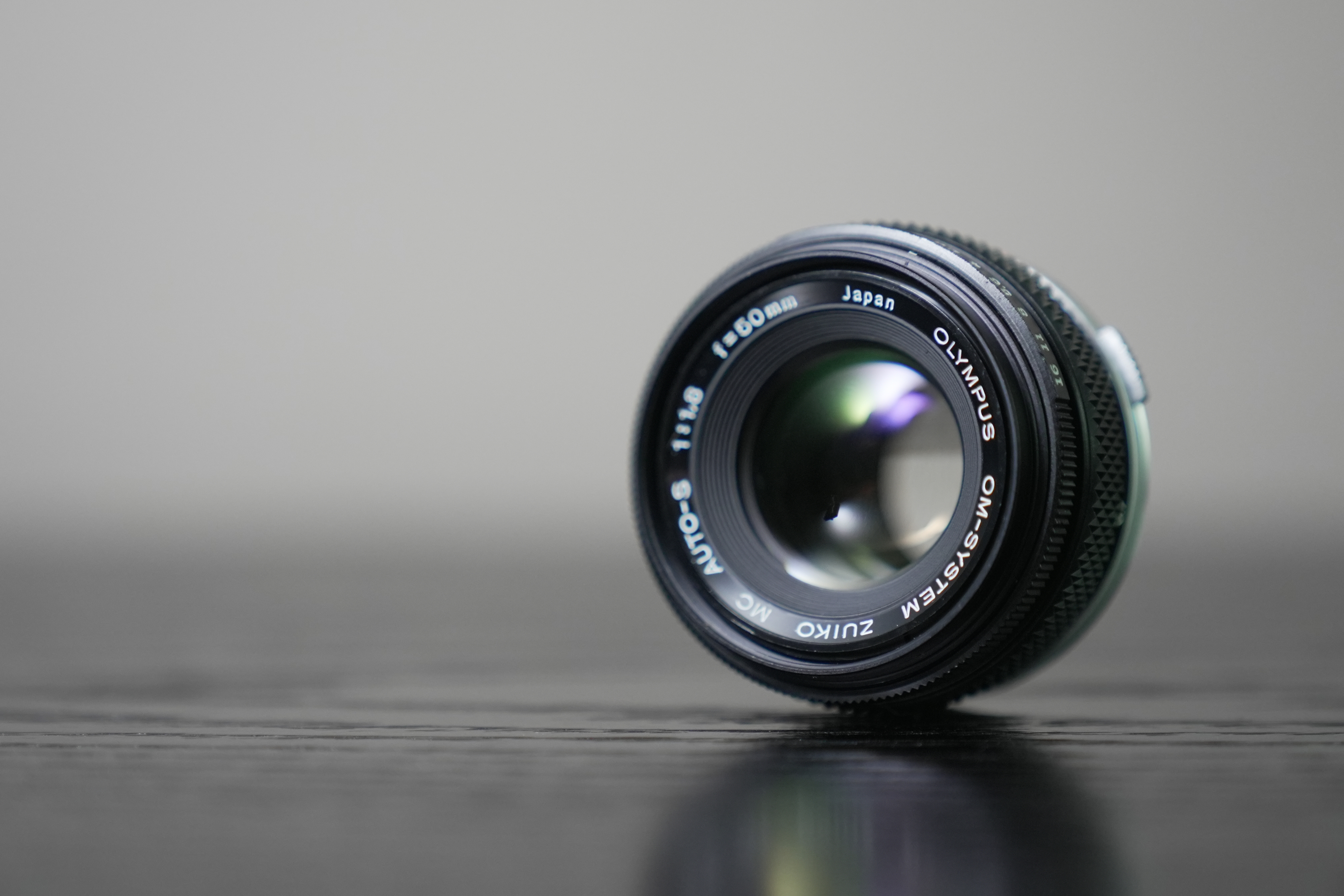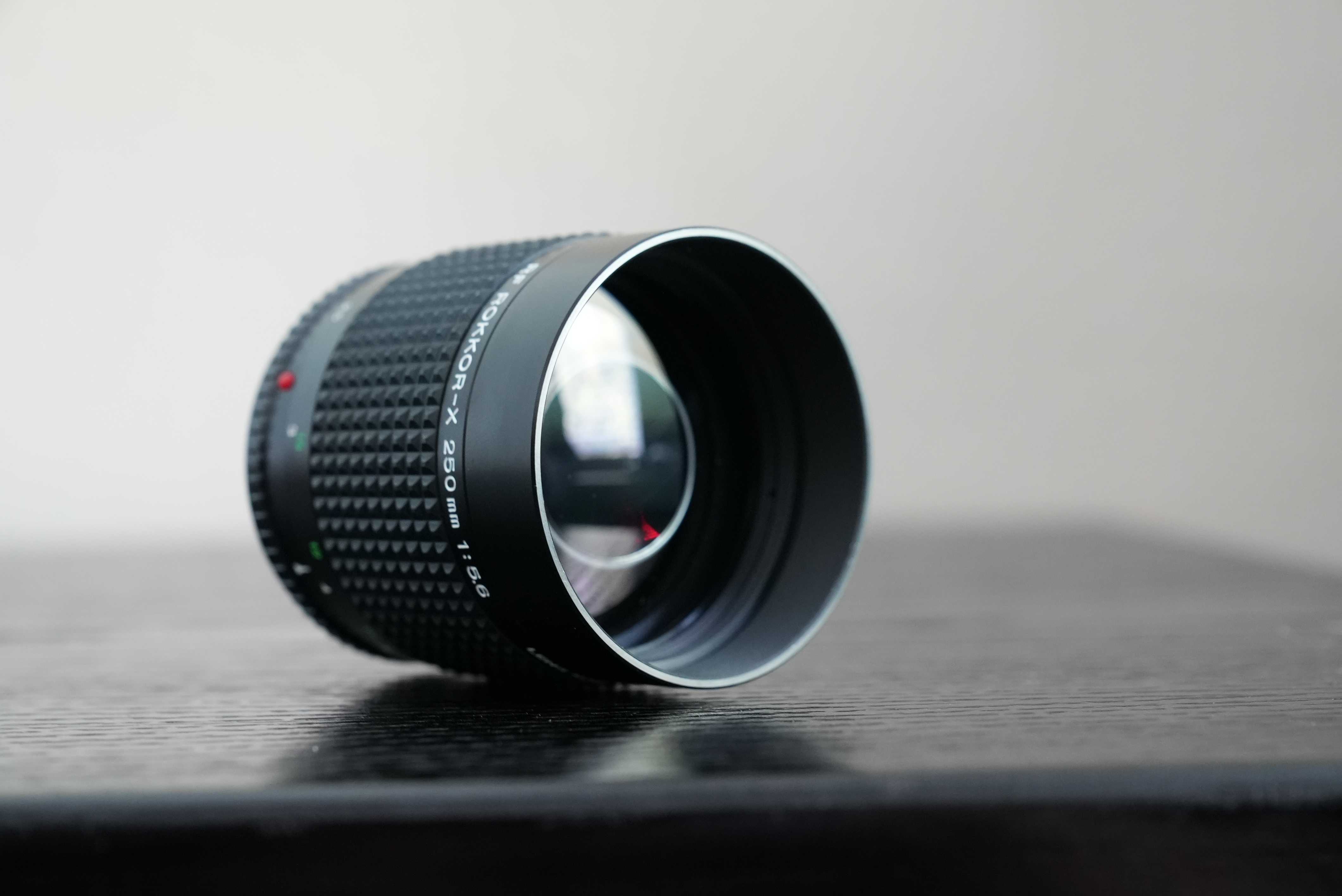
Leica M3 with borrowed Summilux 35mm and the FED 2 with Jupiter 12
Recently, I had the opportunity to get my mitts on a legend in the form of the Leica M3. I always heard how wonderful Leica’s were and if I did not get one, it’s because I never tried one. Makes sense!
I did not arrive there directly, however. My entrance to Leica-dom came via a path littered with L39 Leica screw mount Russian knockoffs. Which ones? The thinking was that I would stave off Leica fever by acquiring knockoffs on the cheap that could be like Bic lighter cameras. Zorki 4, FED 5c (in original box), and a FED 2. But it backfired. They performed far better than I expected. I became so smitten with the last acquisition, the FED 2, that I wanted more!

The FED 2 feels awesome in hand, especially in the Industar 10 and ever ready case configuration. If I like the FED 2 this much I would absolutely love the Leica M3. That is when a Leica M3 showed up on KEH.com at a very appealing price and I went for it! After a bit of research, I picked up a Voigtlander Nokton. I know, I know. Not a Leica lens. The word around town was the Nokton was more than passable. I am psychologically and fiscally incapable of spending more than what I spent on my daily driver on a lens.
Then in a bit of serendipity, a friend and talented photographer at Southeastern Camera (Manu Jarvis) offered his Summilux 35mm f/2.0 up for me to borrow. I had no idea how much this lens was worth until I got home and looked it up… Good gravy! Manu is a kind man.

By this point, I also picked up a number of Russian L39 lenses; of those, a favorite was the Jupiter 12 35mm f/2.8 w/ viewfinder.
Now, back to the task at hand. These are two rangefinders, and two 35mm lenses at two wildly different price points. Two 35mm lenses at wildly different price points.
Here are arbitrary ground rules in an attempt to level the playing field as much as possible:
- Film: WalVSGreen grade Fuji 200
- Shutter speed: Limited to 1/500s since the FED 2 tops out at that speed.
- F-stop: Limited to f/2.8 at the widest since the Jupiter 12 tops out at f/2.8.
- Viewfinder: Both cameras have 50mm equivalent viewfinders and I did not bother locating a second 35mm hotshoe viewfinder so both would be using Eric guesstimation framing. Not optimal, but equally debilitating.
- Shots taken: Back to back within moments of each other and taken at a couple of my favorite gear benchmarking locations, the local airport observation deck, and Sarah P. Duke Gardens.
- Metering: Instead of Sunny 16 or the Leicameter I used my trusty little Sekonic light meter to take a reading before both shots and used whatever it told me.
- Development: Developed together at Southeastern Camera.
I know which one will come out on top, but I was glad I shot one exposure of each camera with the other so I would know which roll was which. Even though I know that a camera is ultimately a light-proof box with a shutter that keeps the lens a certain distance from the film plane, it was closer than I expected since the lenses are of such wildly varying pedigrees.

FED 2

Leica M3
Knowing the outcome, my main goal was to see how much of a difference there was between the two. A gaping maw separating the IQ of both or a difference that would benefit one who simply did not have the means or inclination for the extra spend? More on that later.
First, I will present images that were similar, followed by ones that separated good from great, some thoughts, and links to the full galleries from the test for both.
Similar Images:

FED 2

Leica M3

FED 2

Leica M3

FED 2
- Leica did it better.
- Sun star. Muddled on the Jupiter 12 and much more pleasant using the Summilux.

Leica M3

FED 2
- More below, but here is what separates the legendary Leica viewfinder from all others.
- Blue flare at the bottom of this picture, and on some other photos.

Leica M3
FED 2 w/ Jupiter 12 35mm f/2.8
Pluses:
- Form factor and feel. The FED 2 is a surprisingly solid feeling camera. With the Industar 10 (I love this compact lens) and ever ready case it is a joy to hold, carry, and use. Less so with the Jupiter 12, but still very solid. With Industar 10 collapsed and no case I actually fit this camera in the pocket of my slacks when I needed both mitts free.
- Film loading. Removal of the whole back facilitates easier loading. Leica folks don’t come at me. I come in peace.
- On its own it is a fine viewfinder and the diopter is a nice touch.
- Lose it? Break it? Buy another for peanuts.

Minuses:
- Forget to cock the shutter before changing the shutter speed once and you have a useless shelf trophy. While common to Russian cameras and not exclusive to the FED just why? Especially concerning once you have become attached to the camera like I have.
- The difference in lens pedigree is by far the greatest factor at play here. It was wholly unfair (but fun) to compare the Jupiter 12 to such a legend. Takes a bit more work after the shot to get the colors right. That being said it was not nearly as terrible as I thought it would be. In more friendly, less challenging conditions it did quite well actually. But harsh conditions like direct sunlight and slower shutter speeds really separated the great from the meh.
- Compared to the M3 the viewfinder is a small peephole.
Leica M3 w/ Summilux 35mm f/2
Pluses:
- The viewfinder. It is glorious and deserving of all of the praise piled upon it. The focus patch is amazing. I have accumulated quite a few very good rangefinders and this is definitely the easiest to focus. Bright. Large. The largest magnification on a Leica to this day. If Leica ever saw fit to put this viewfinder on a digital camera I would be at a much greater risk of getting one.
- No surprises. This lens is amazing. Worth the price if you have the loot to spare. One of the best film lenses I have ever used.
- Amazing that this camera was made in 1966. Feels more solid than just about any new camera I have ever purchased. And the lens is a fine piece of engineering.
Minuses:
- Not really a minus. The lens is amazing, but I honestly cannot say that I identified any area where it outperformed a small number of my favorite film lenses. But, again, the Summilux is a stellar lens and if you want a Leica, you want a Leica.
- Nothing really camera wise. Deserving of all the praise. If you want a Leica get a Leica. You will not be disappointed. Plus there is little risk. All depreciation has passed so you can get your money back if you decide it is not your cup of tea.
To wrap up here is an album of the shots back to back and here is an album for the FED 2 camera and here is one for the Leica M3.
Conclusion? Each must decide for themselves. Want entry to Leica-dome? The M3 is a wonderful gateway camera. Want an experience vaguely akin to an early Leica for much less spend? The FED 2 was my favorite of the knockoffs by far.




